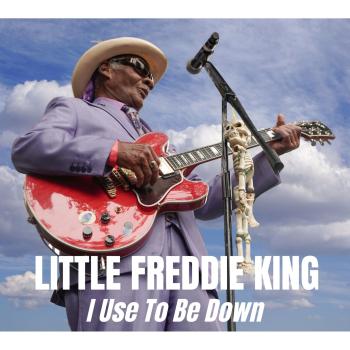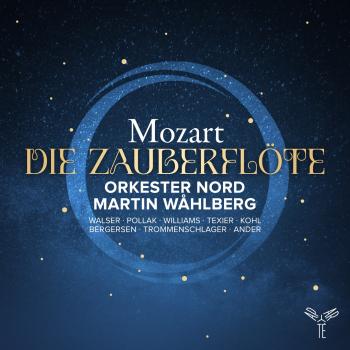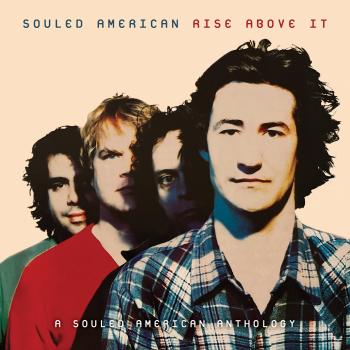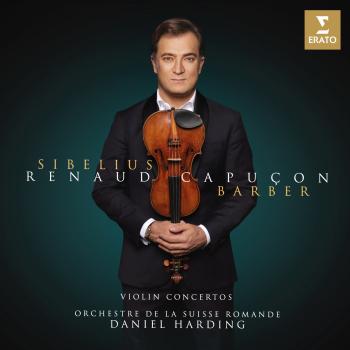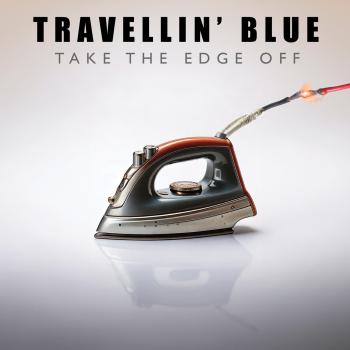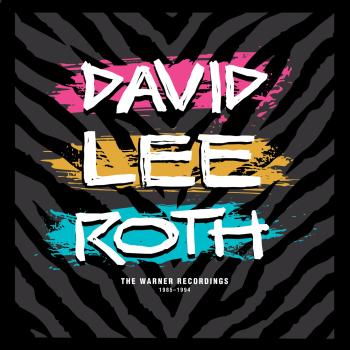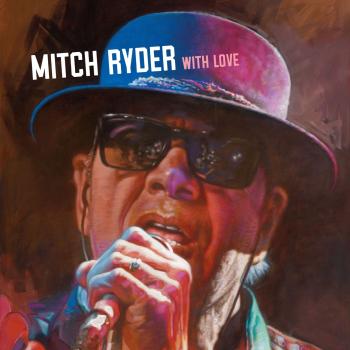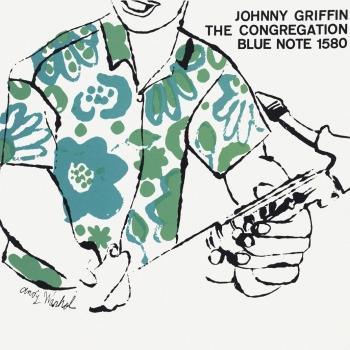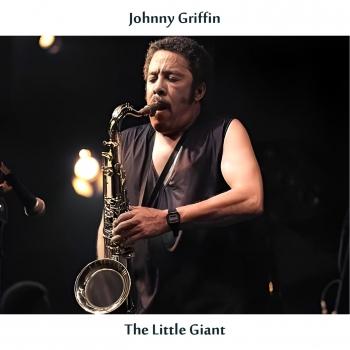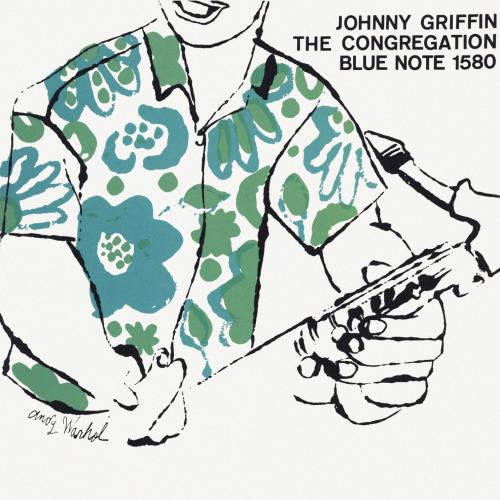
The Congregation (Remastered) Johnny Griffin
Album info
Album-Release:
1958
HRA-Release:
19.07.2019
Album including Album cover
I`m sorry!
Dear HIGHRESAUDIO Visitor,
due to territorial constraints and also different releases dates in each country you currently can`t purchase this album. We are updating our release dates twice a week. So, please feel free to check from time-to-time, if the album is available for your country.
We suggest, that you bookmark the album and use our Short List function.
Thank you for your understanding and patience.
Yours sincerely, HIGHRESAUDIO
- 1 The Congregation 06:46
- 2 Latin Quarter 06:27
- 3 I'm Glad There Is You 05:10
- 4 Main Spring 06:32
- 5 It's You Or No One 04:51
Info for The Congregation (Remastered)
Johnny Griffin was one of the most exciting tenor-saxophonists to emerge during the 1950s. His warm and passionate tone was distinctive (becoming an influence on Rahsaan Roland Kirk), he could play chorus after chorus of inventive and fresh ideas, and he was unbeatable in a saxophone battle. The Congregation is a superb outing full of heat, fire and intensity, with time out for thoughtful ballads. Teamed with pianist Sonny Clark in a quartet, Griffin is quite exuberant on the lengthy sanctified title cut which is reminiscent of the jubilant Horace Silver tune "The Preacher." He tears into "It's You Or No One" and puts plenty of honest feeling into the other songs which are taken at a more moderate pace. Johnny Griffin, like the very best jazz musicians, meant every note that he played and his solos were full of constant surprises, making his best recordings timeless. The Congregation is one of his finest albums.
"Given Griffin's prolific output, there's no need to make membership among his flock of admirers contingent upon embracing The Congregation. Try the date with Ira Sullivan, Blue Stroll (Delmark, 1959), or with Eddie Davis, Live at Minton's (Prestige, 1961), or with Monk, Thelonious in Action (Riverside, 1958), or the burnin' and bristlin' Return of the Griffin (OJC, 1978). Unfortunately, A Blowin' Session (Blue Note, 1957), with John Coltrane and Hank Mobley, continues to be plagued by audio distortion that all but homogenizes three of American music's most distinctive tenor voices. At least there's no mistaking who's doing the preaching on The Congregation." (AllAboutJazz)
"I’ve heard a lot of Blue Note originals and myriad reissues over the years, but based on the sample test pressings heard so far, none—and I mean none—convey the intensity of living, breathing music-making the way the Music Matter’s Blue Note series does. The sense of air, texture, and dynamic pop in these grooves is astonishing." (Wayne Garcia, The Absolute Sound )
"Art Blakey & the Jazz Messengers “The Big Beat” and Horace Parlan, “Speakin’ My Piece.” And if this is any indication of what’s to come, I advise you to get on the list now, before this collection is sold out." (Albert Porter, positive-feedback.com)
"The Music Matters 45s have all immediacy and add a free-flowing naturalness that is surprising at first but very easy to get used to." (Marc Mickelson, soundstage.com)
Johnny Griffin, tenor saxophone
Sonny Clark, piano
Paul Chambers, bass
Kenny Dennis, drums
Recorded October 23, 1957 at Van Gelder Studio, Hackensack
Produced by Alfred Lion
Digitally remastered
Johnny Griffin
One of the all-time great tenor saxophonists, Johnny Griffin will go down in the annals of jazz as a performer easily able to negotiate the tricky harmonic changes and swift tempos of modern music. He’ll also be remembered as a player who could masterfully interpret tender ballads, rivaling Ben Webster in that regard.
Born John Arnold Griffin III in Chicago, Illinois, on April 24, 1928, he resided on the South Side of the Second City with his mother, who was a singer, and father, who played cornet. An adolescent Griffin heard Gene Ammons play in the big band of King Kolax. Two years later he picked up an alto saxophone, and soon thereafter was working with bluesman T-Bone Walker. A student at DuSable High School, he was tutored by the legendary band director Captain Walter Dyett. Upon graduation, he toured with Lionel Hampton’s big band, switched to the tenor sax, and moved to New York City. The late ’40s saw Griffin honking his share of R&B with Joe Morris up to 1950, alongside the band of Jo Jones in 1950, and with Arnett Cobb in 1951. He enlisted in the armed services stationed in Hawaii, and played in an Army band.
After his military commitment, he returned to Chicago and was in the company of Thelonious Monk’s various ensembles up to the mid-’60s. Griffin cut his Blue Note album Introducing Johnny Griffin in 1958, and that year formed a sextet with Detroiters Pepper Adams and Donald Byrd. He collaborated with pianists Bud Powell and Elmo Hope, was enlisted by Art Blakey briefly as a member of the Jazz Messengers, energized his solo recording career for the Riverside label, and obtained his nickname, The Little Giant, with that eponymously titled LP in 1959. His most famous and popular teaming was with fellow saxophonist Eddie “Lockjaw” Davis. Griffin also recorded the legendary A Blowin’ Session for the Blue Note label with John Coltrane and Hank Mobley.
But Griffin grew weary of the U.S. and its apathy regarding jazz, so he became an expatriate. He was living in Paris, France, by 1963, and did many albums with European rhythm sections for the Storyville, Black Lion, and Steeplechase labels. He was also a charter member and chief soloist for many years in the Kenny Clarke-Francy Boland Big Band alongside American and Continental standouts. The year 1975 was an important one for Griffin, who was featured with the bands of Dizzy Gillespie and Count Basie as documented in recordings of their sets at the Montreux Jazz Festival. He also collaborated with German saxophonist Klaus Doldinger and his fusion band Passport. In the late ’70s, Griffin returned to the States to record for the Galaxy label, and toured with fellow expatriate tenor saxophonist Dexter Gordon.
He left Paris for the countryside of the Netherlands to live on a farm, then headed to the Côte d’Azur in 1980, and in 1984 to rural Availles-Limouzine. In 1986 he was a member of the Paris Reunion Band with Woody Shaw, Dizzy Reece, Slide Hampton, and Kenny Drew, making one album for the Sonet label. During his time in France, Griffin recorded for the Antilles and Verve labels, including The Cat in 1991 and Chicago, New York, Paris in 1994. On the weeks of his birthday, Griffin made regular appearances at the Jazz Showcase back home in Chicago. In his later years he collaborated with pianist Martial Solal and saxophonist Steve Grossman. Griffin passed away at age 80 on July 25, 2008, at his home in Availles-Limouzine. (Michael G. Nastos, AMG)
This album contains no booklet.

